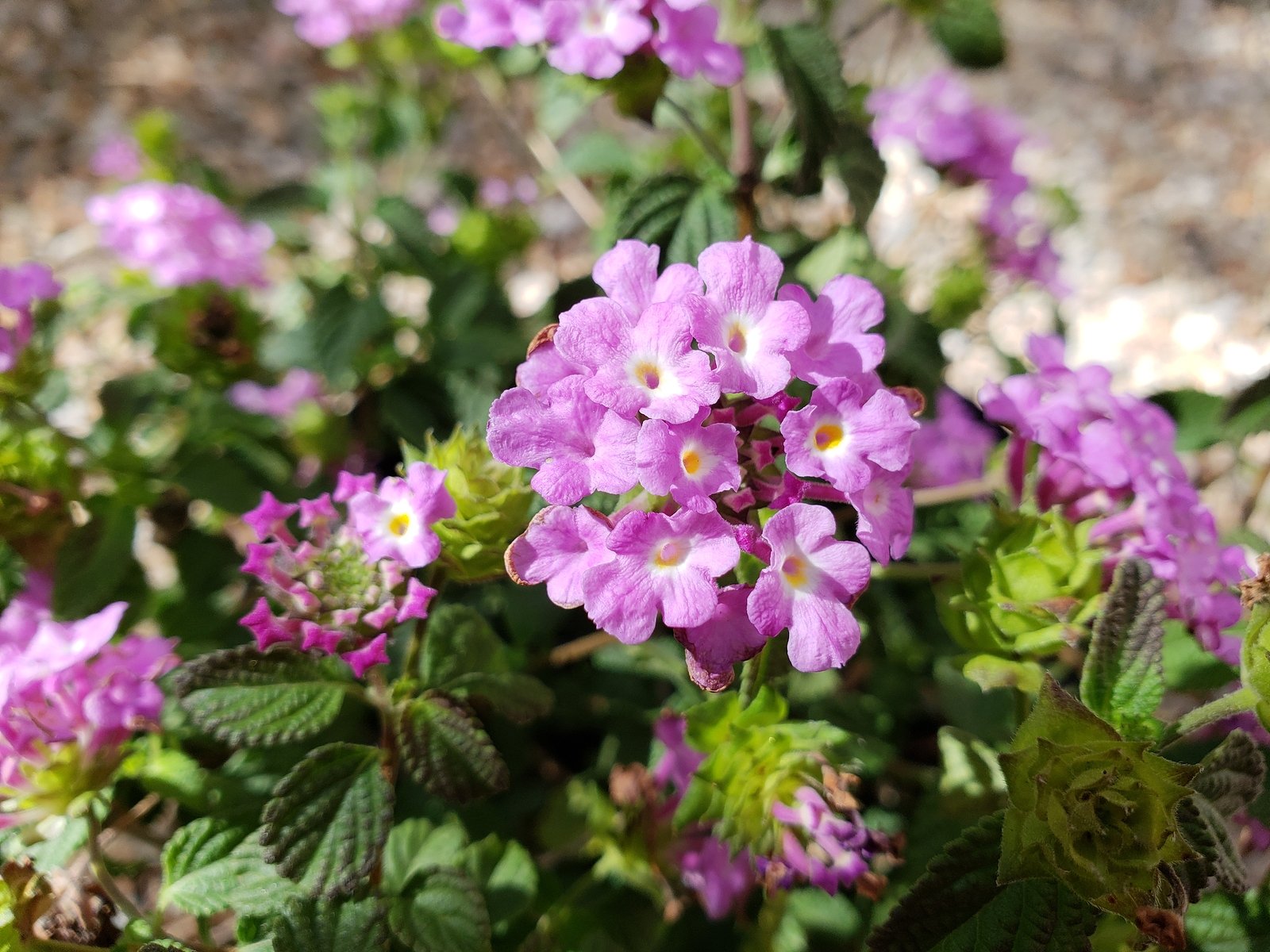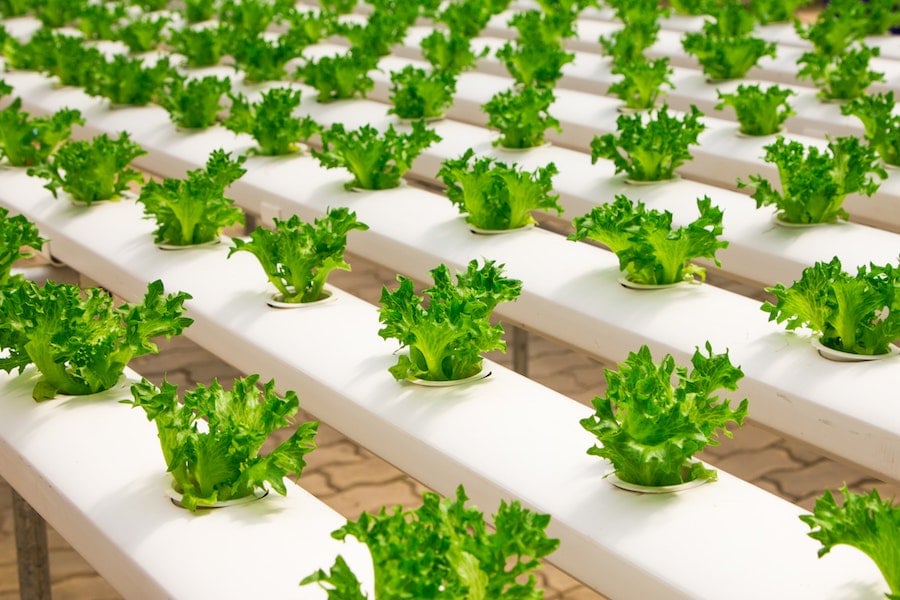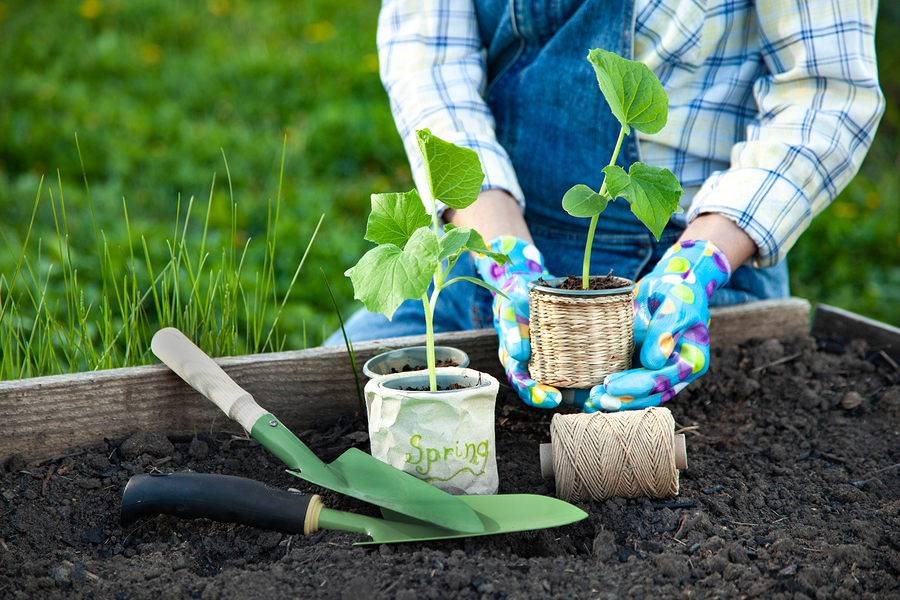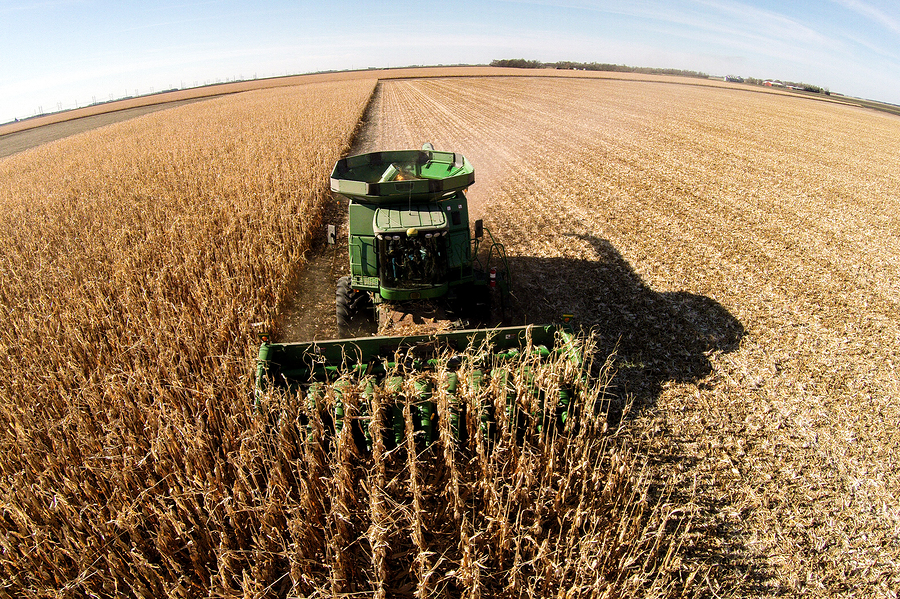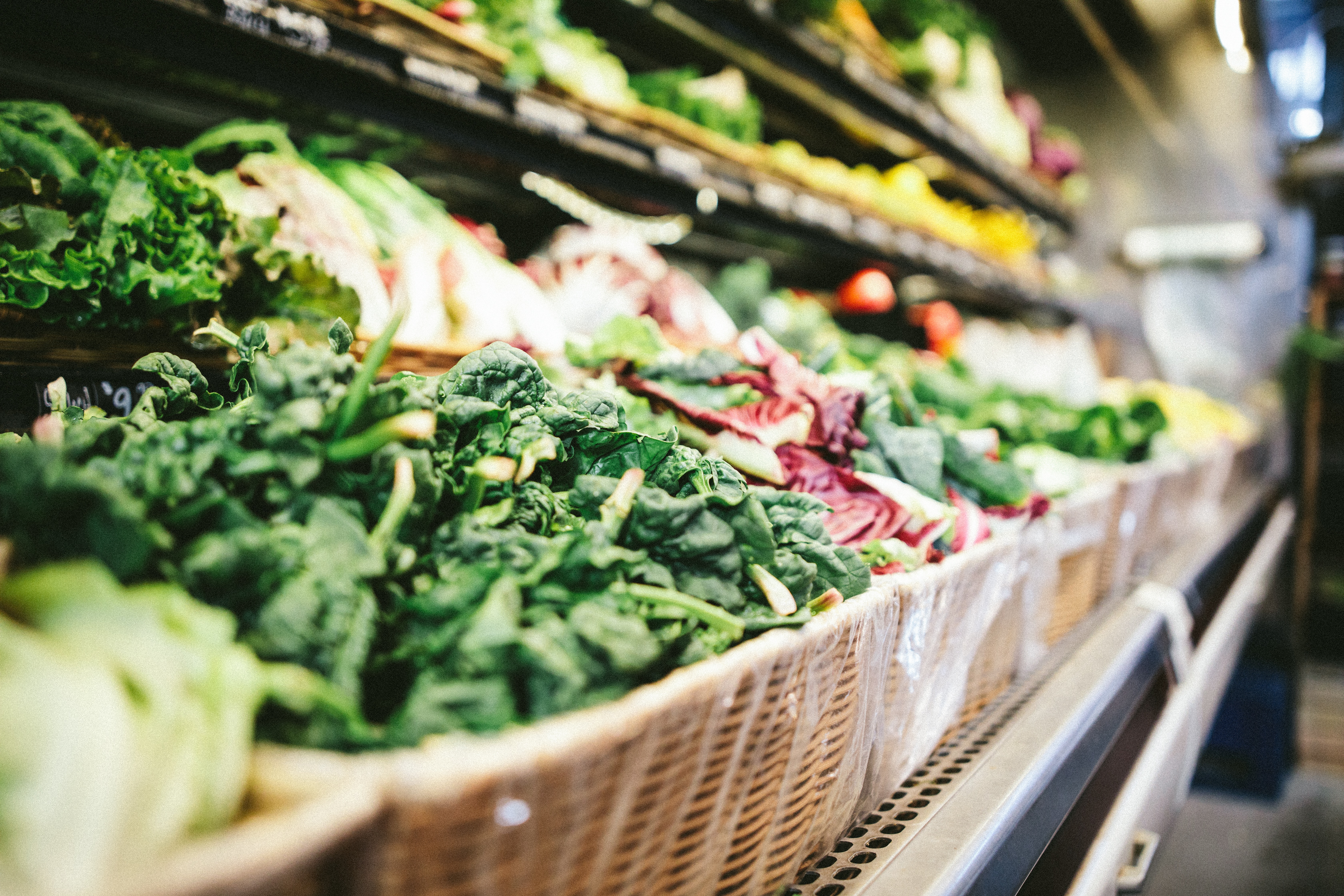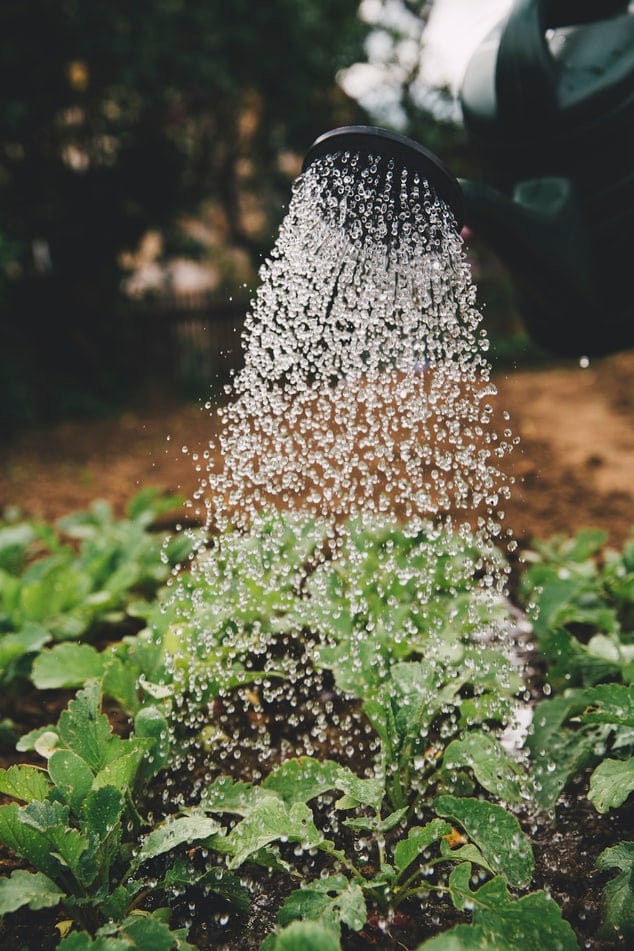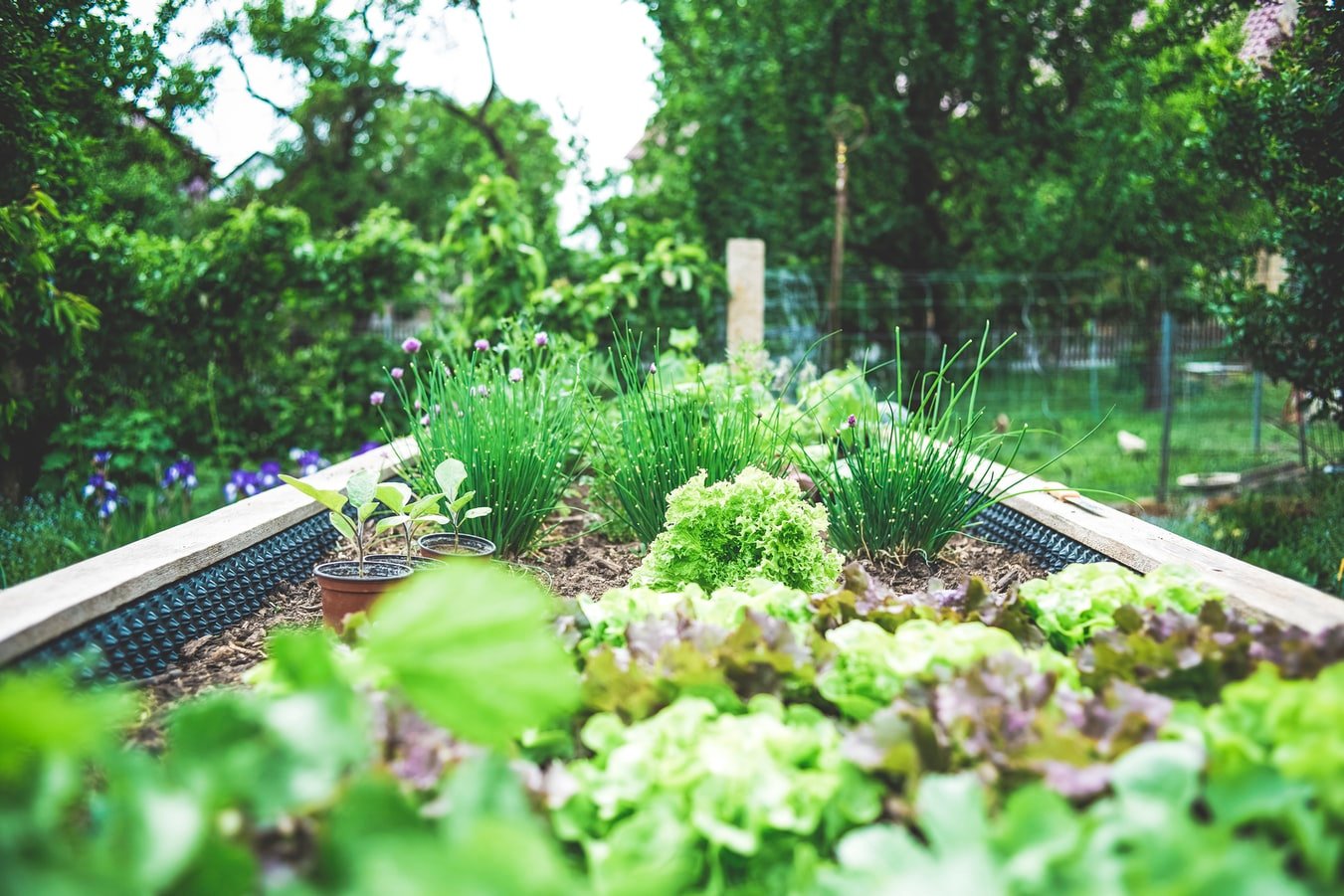In 2019, Global News Wire reported it anticipates the Vertical Farming Market to grow by $7.8 billion and could continue to grow each year. Vertical farming is an exceptional system, offering copious advantages over traditional farming techniques such as low dependency on soil fertility, manual labor, water resources, and fewer to no agrochemicals, among other things.
The increasing demand for food security, along with the decrease in arable land across the globe, will inflate the entire industry demand by 2024.
Food security relies on the availability, balance, and utilization of resources; this can be achieved through vertical farming techniques. Vertical farming has the potential of providing 90 percent greater yields, while the rest will come from farmland expansion.
How Advancements in Technology Helps Vertical Farming
Vertical farming is defined as a system of growing produce and medicine in vertically stacked layers using various techniques such as soil, aeroponic, or hydroponic. Out of the three methods touched on above, hydroponic systems account for a significant portion of the market and is projected to lead most of the market growth in the foreseeable future.
Since these structures are stacked, they require less ground area and, thus, allow for greater output in a smaller area. Furthermore, it plays a vital role in the production of food in conditions where arable land is scant or non-existent. Since soil is not needed for irrigation, water can be cycled through the system over and over while the nutrients are replaced as needed.
The hydroponic farming industry was worth $21.4 billion in 2015, with an estimated growth of 7 percent annually. This rise in hydroponic farming investment shows that farming is changing slowly but gradually. For many, hydroponics is the future of vertical farming, with some suggesting that such farming will one day take place in skyscrapers.
How You Can Get Into Vertical Farming
Technological advancements are opening many opportunities for regular citizens to get into vertical farming. The crops people could explore are tomatoes, cucumbers, lettuce, spinach, peppers, broccoli, strawberries, among others.
Small Vertical Farming Business Ideas
For those looking to start a small, sustainable business, there exist several vertical farming innovations out there.
For example, designing and installing small vertical gardens for restaurants and homes provides fresh, self-sustainable produce on site. And there is no need to worry about growing times because plants and herbs grow three times faster than growing them in a traditional garden. The setup is able to recreate a perfect, cloudless summer day each and every day with no exposure to the elements that could hurt growth. And it’s all natural, not to mention it's space-saving and cleaner.
How to Use Aeroponic Farming to Build a Private Vertical Farm
If you're interested in operating a private vertical farm, you have a few options (as stated above) but aeroponic systems are one of the best solutions out there.
With an aeroponic system, the plants' roots are suspended in the air rather than submerged in water like hydroponics. This allows the roots to be exposed to the maximum amount of oxygen while a mist provided them with the necessary nutrients.
One of the things that make aeroponic systems such a great solution for homeowners looking to become more self-sustaining is how quickly the plants grow. Being that air is the primary medium with an aeroponic system, the roots are exposed to a far greater amount of growth-stimulating oxygen than other vertical farming solutions.
In addition to that, aeroponics is a highly water-efficient indoor gardening method, which means such a system would do great in environments where water supply is an issue. The high-density planting ability also allows for greater control of harvesting and disease control since they have minimal contact with anything physical.
Lastly, many companies now offer aeroponic vertical farming kits ranging in different sizes and are good for both home and commercial use.
Your Next Step
Have you used vertical farming at your home or business? Drop a comment below or shout us out on social media and let us know about your experiences or thoughts on the practicality of vertical farming for sustainability.


